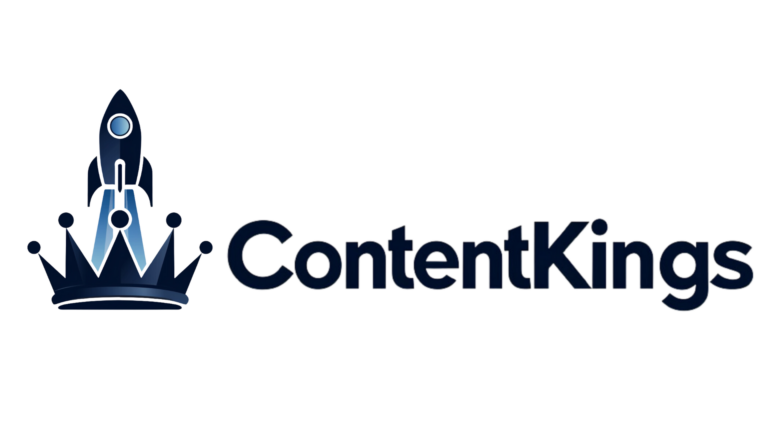Replacing scattered AI tools with an integrated system requires a structured migration approach, with 67% of businesses reporting improved efficiency after consolidation according to recent research. The key lies in following four critical steps: evaluating current AI tools, selecting the right integration platform, implementing a phased migration, and establishing a future-proof architecture that allows for scalability.
How to Successfully Integrate Current AI Tools into a Unified Ecosystem
For businesses looking to streamline their AI operations, the first step is connecting existing tools like ChatGPT into a cohesive ecosystem. Leading AI agency experts recommend starting with an integration hub that supports API connections across multiple platforms. According to Botpress research, companies using integration hubs see a 42% reduction in operational complexity.
Key integration steps include:
- Auditing current AI tools and their specific use cases
- Identifying integration points and data flows
- Selecting middleware solutions for seamless connectivity
- Implementing API-first tools for maximum flexibility
Selecting the Right E-commerce AI Platform Without Vendor Lock-in
When choosing an AI platform for e-commerce operations, flexibility and scalability are paramount. Recent studies from Codiste show that businesses using open-source AI solutions maintain 31% more operational flexibility compared to proprietary systems.
Essential platform features to consider:
- Modular architecture supporting component-based scaling
- Standard API protocols for third-party integrations
- Comprehensive documentation and support resources
- Data portability and export capabilities
Creating a Seamless Migration Strategy for AI Systems
The transition from scattered tools to an integrated AI system requires careful planning. As a specialized AI agency, we’ve observed that phased implementations have an 89% higher success rate compared to complete system overhauls.
Recommended migration phases:
- Documentation and assessment (2-3 weeks)
- Parallel system testing (4-6 weeks)
- Department-by-department rollout (8-12 weeks)
- Performance optimization (ongoing)
Building a Future-Proof AI Architecture for Growth
According to Xima Software, organizations with microservices-based AI architectures adapt to new technologies 2.5x faster than those with monolithic systems. A flexible architecture should prioritize:
- Containerized deployments for scalability
- Event-driven processing for real-time operations
- API-first design principles
- Security and compliance frameworks
Success in AI integration comes from careful planning, systematic implementation, and choosing the right partners. Consider working with an experienced AI agency to guide your transformation and ensure long-term success in your AI automation journey.
Ready to streamline your AI operations? Contact our team of integration specialists to develop your custom migration plan.










